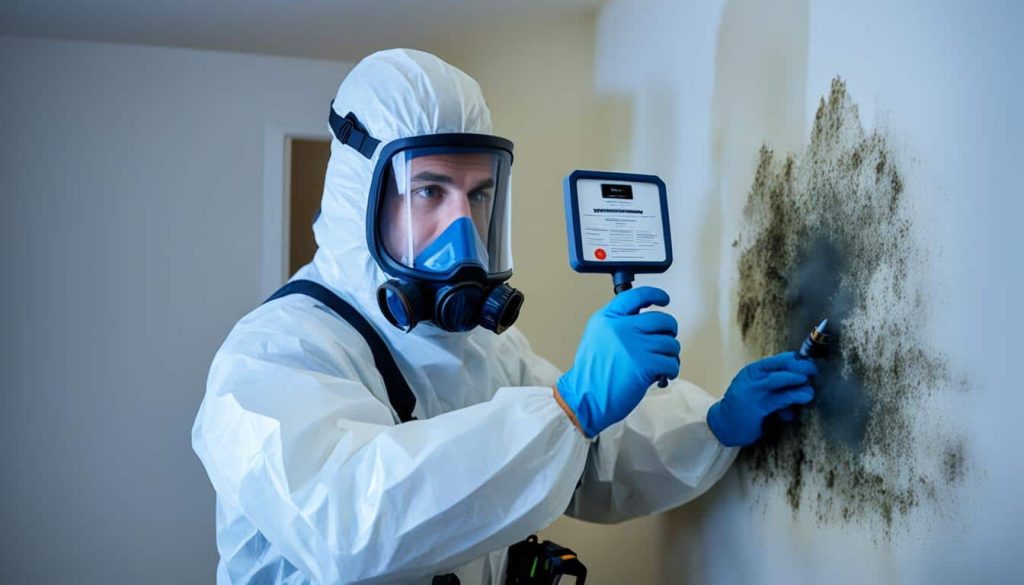Introduction To Mold Series (#2): In my previous article, I began exploring the complex world of mold, addressing fundamental questions about its presence and the potential dangers associated with different species. Specifically, I discussed the following:
- Is mold found everywhere, and are all molds harmful?
I explained that the average person encounters over 200 types of mold daily, most of which are harmless. - What are some examples of ‘bad’ mold, and what makes them harmful?
I highlighted Stachybotrys, often referred to as ‘Black Mold,’ and clarified that not all black mold is Stachybotrys. I described the ideal conditions for its growth, its characteristics, and shared a personal experience illustrating the severe effects of prolonged exposure to this toxic mold.
In this article, I will address a critical aspect of mold exposure: What are some of the signs and symptoms of chronic exposure to Stachybotrys? While individual reactions can vary, several common symptoms are frequently observed.
Array of Solutions, a trusted name in mold removal in Greenville South Carolina since 2007, stands ready to tackle your mold woes. With our expert mold inspection Greenville services and EPA-Registered credentials, we’re equipped to detect, remove, and prevent mold growth in your home or business.
Table of Contents
Common Signs and Symptoms of Chronic Exposure to Stachybotrys
Exposure to Stachybotrys can lead to a range of health issues. Some of the more notable symptoms include:
- Sore Throats: Persistent irritation in the throat can be an early indicator of mold exposure.
- Diarrhea: Digestive issues may arise as a result of inhaling or coming into contact with mold toxins.
- Fatigue: Chronic exposure can lead to ongoing tiredness and a general feeling of exhaustion.
- Headaches: Frequent headaches or migraines may be a sign of mold-related health problems.
- Dermatitis: Skin conditions, including rashes and irritation, can develop due to mold exposure.
- Intermittent Hair Loss and Generalized Malaise: Some individuals may experience temporary hair loss along with a general feeling of unwellness.
- Sinusitis, Hay Fever, Respiratory Distress, and Allergy Symptoms: Mold exposure can trigger or exacerbate respiratory issues and allergic reactions, including sinusitis and hay fever.
Additionally, it is crucial to consider the more severe effects documented in animal studies. Animals injected with Stachybotrys toxins have shown symptoms such as necrosis and hemorrhage in various organs, including the brain, thymus, spleen, intestines, lungs, heart, lymph nodes, liver, and kidneys. In humans, inhalation of these toxins can lead to pneumocystosis, a serious lung condition.

Introduction To Mold Series (#2): Further Reading and Research
For those seeking more information on the effects of chronic exposure to Stachybotrys, consider the following resources:
- CDC Report on Hemosiderosis
- Case Definition for Acute Idiopathic Pulmonary Hemorrhage in Infants
- Case Western Reserve University Studies
- Healthy House Watch
- Infant Pulmonary Hemorrhage in a Suburban Home with Water Damage and Mold (Stachybotrys atra)
These sources provide valuable insights into the health impacts of mold exposure and can help deepen your understanding of this issue.

The Importance of Professional Inspection and Diagnosis
It is crucial to seek professional assistance if you or a loved one exhibits symptoms associated with mold exposure. An expert can conduct a thorough inspection and identify potential allergens and mold types present in your environment. Mold detection can be performed through various methods, including air and direct sampling.
Direct sampling methods are often preferred, as they can provide more accurate results. Stachybotrys may not always grow in culture and can be challenging to detect in air samples unless disturbed. Thus, an experienced professional will use a keen eye and deductive reasoning to obtain precise samples and diagnose the issue effectively.
In upcoming articles, I will delve deeper into these detection methods and offer further guidance on managing mold exposure. Understanding how to accurately identify and address mold issues is essential for maintaining a healthy living environment and safeguarding your well-being.
Stay tuned for more information and practical advice on mold detection and remediation.
